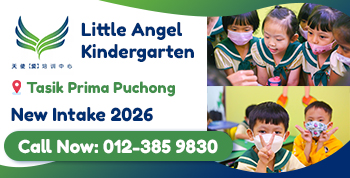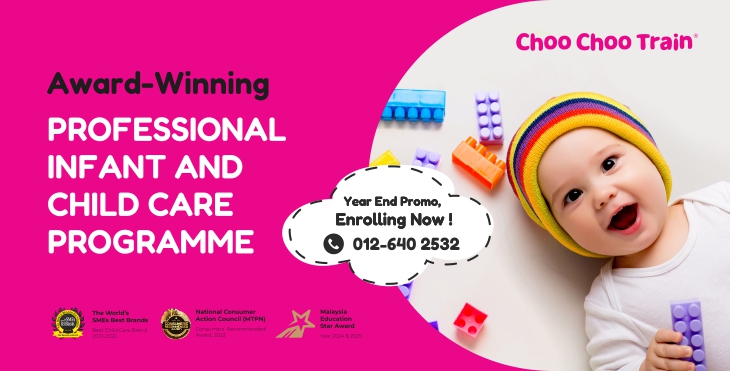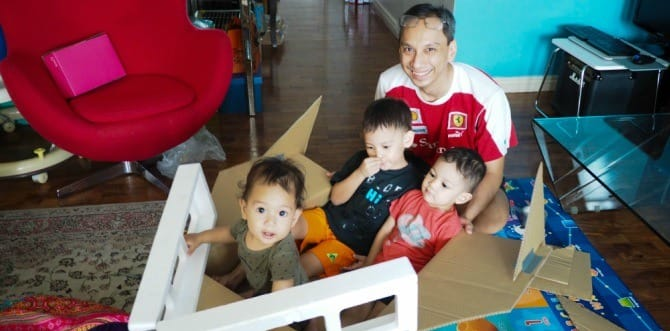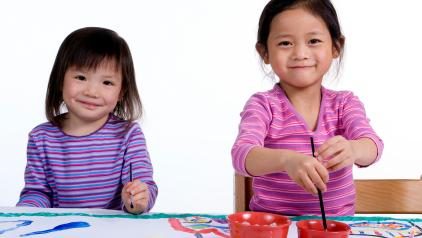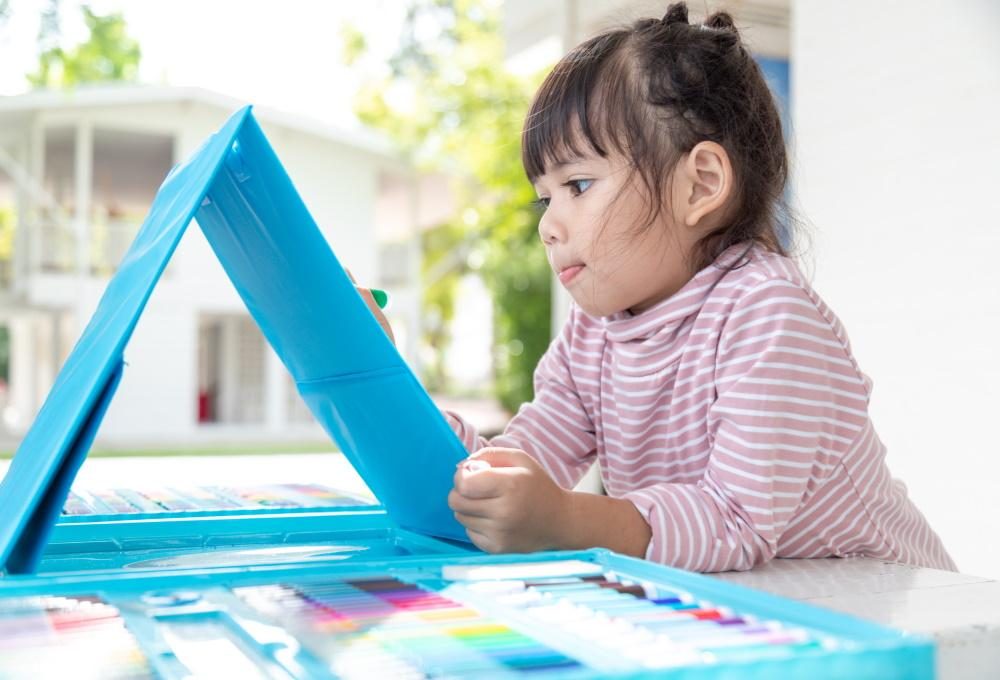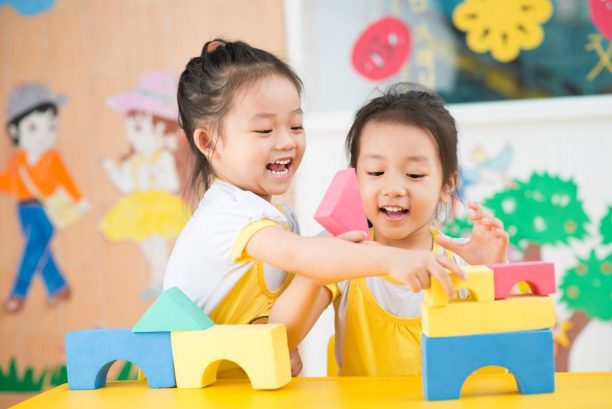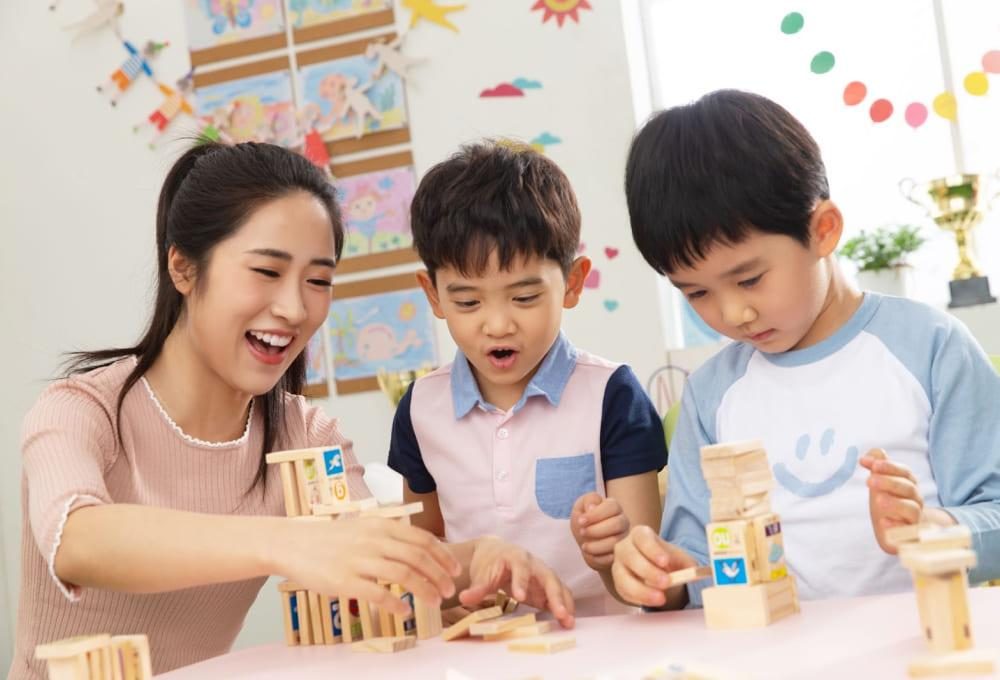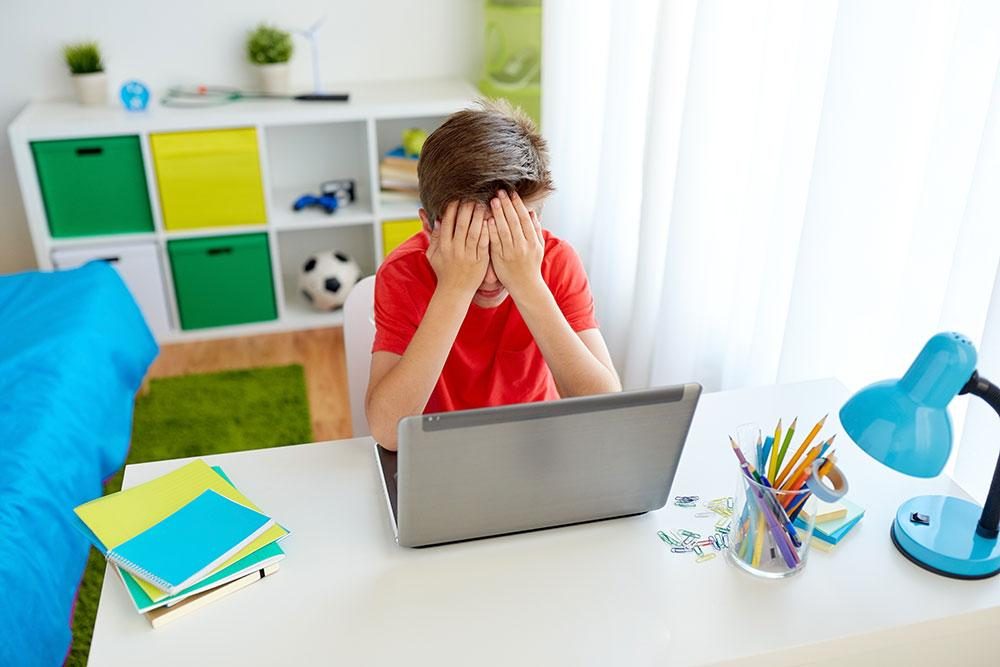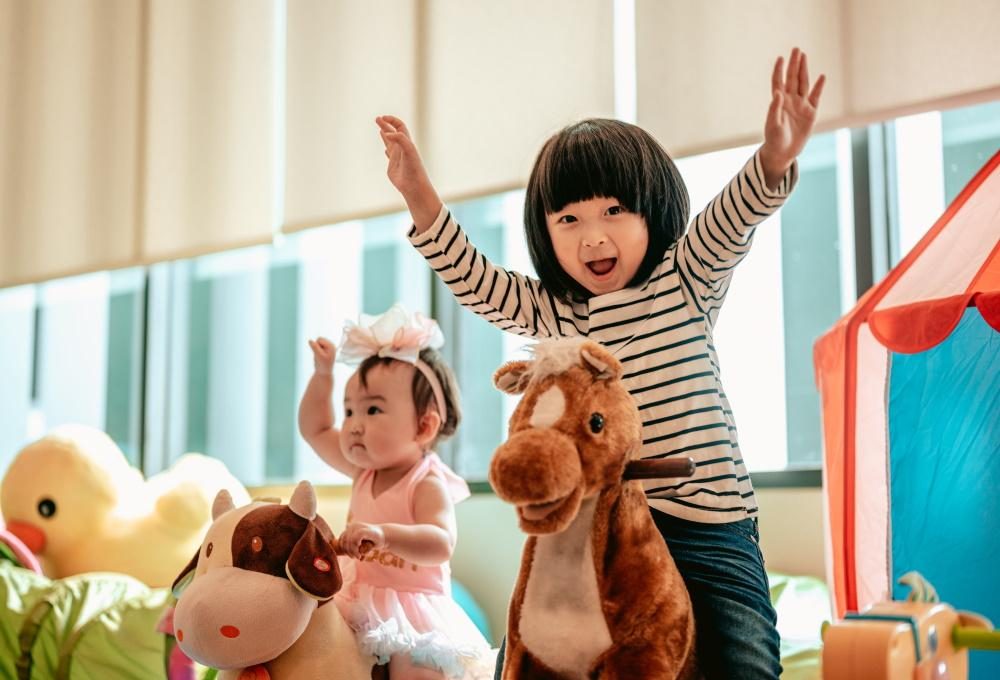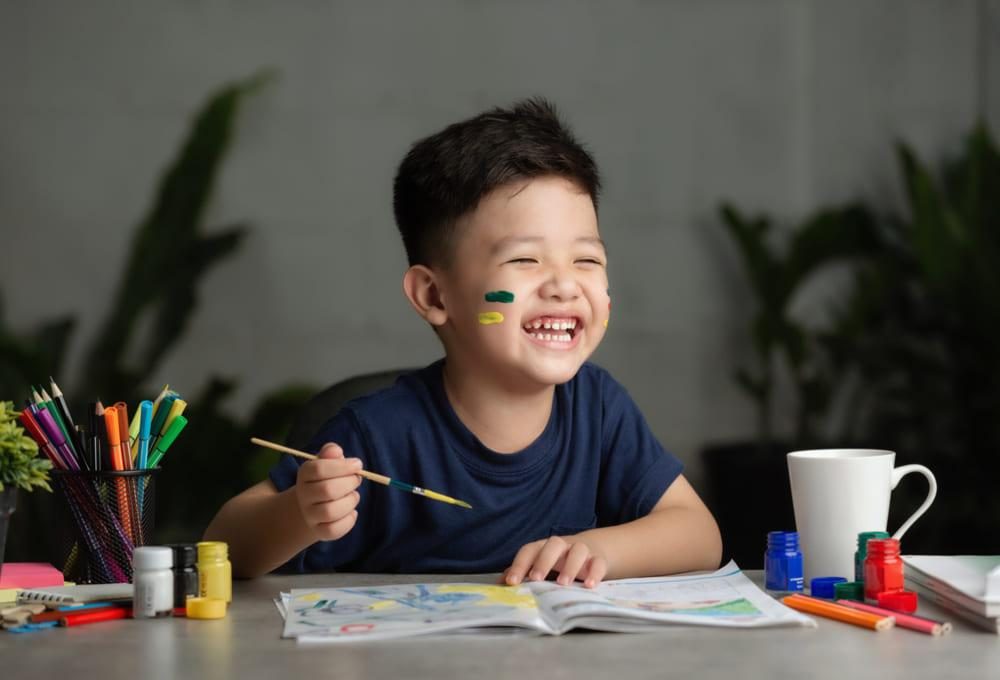Types of Preschool Programs in Malaysia – Part 1
by on 02/08/2025 ...
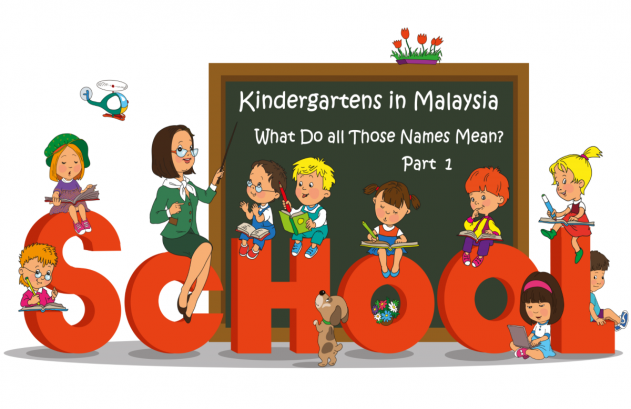
Your little one is going to be four soon, and the time has come for you to survey your housing area to look for a suitable kindergarten.
Besides checking whether the kindergarten you are eyeing has enough qualified staff and is well-managed, clean, spacious and within your budget, you would also want to find out what teaching methods are being used.
After visiting a number of kindergartens, you would notice that they basically fall into three categories. The first category uses the traditional approach to teaching, which places less emphasis on the value of play in learning. This traditional approach aims mainly to prepare the children for primary school by teaching them the basic academic skills – reading, writing, arithmetic.
The second category would be the kindergartens that believe that children are active participants in their own education and development; that each child has his/her own individual strengths and therefore learns in different ways. These kindergartens therefore use mainly play and individual or group activities/projects to let the children observe and explore their own environment at their own pace.
The third category would be those kindergartens that are somewhere in between – teaching the 3Rs as well as using the element of play.
“So which teaching method is good for my child?”
The debate as to which teaching method is better has gone on for a long time — not only in Malaysia, but in almost every country where children are given the opportunity to receive education. A researcher on kindergartens in Taiwan has an apt way of putting it: he calls the first category “The Efficient Learning School” and the second category “The Exploratory Learning School”.
To help you decide for your 4-year old, this first part of our article provides some backgrounder on three well-known early childhood learning methodologies — Montessori, Reggio Emilia and Waldorf — the three names you will probably hear from the principals of the kindergartens that use play in their teaching methods. The three approaches share the same view of children as active participants in their own development, and we hope this little backgrounder will help you understand their philosophies, which have influenced early childhood education the past 100 years until today.
The second part of our article will cover the other methods, systems and programmes being used in kindergartens in Malaysia.
Montessori
The Montessori Method, which is probably the most well-known in Malaysia among the three methodologies, was developed in the early 1900s by an Italian physician, Dr Maria Montessori — initially to help children with special needs and later introduced in her first classroom, the Casa dei Bambini (or Children’s House), for the disadvantaged children of San Lorenzo outside Rome. From her research work with these children, Dr Montessori believed that children are born with a unique potential and are inherently independent learners. The Montessori Method therefore respects each child’s individual differences and creates environments which foster the fulfillment of each child’s highest potential.
 At the preschool level, Montessori emphasises learning through all five senses, not just through listening, watching, or reading. Children in Montessori’s mixed age classes (usually ages 3 to 6 years old) are given uninterrupted blocks of work time to learn at their own pace and according to their own choice of activities from hundreds of possibilities. They are not required to sit and listen to a teacher talk to them as a group, but are engaged in individual or group activities of their own, with specially designed materials that have been introduced to them individually by the teacher who knows what each child is ready to do.
At the preschool level, Montessori emphasises learning through all five senses, not just through listening, watching, or reading. Children in Montessori’s mixed age classes (usually ages 3 to 6 years old) are given uninterrupted blocks of work time to learn at their own pace and according to their own choice of activities from hundreds of possibilities. They are not required to sit and listen to a teacher talk to them as a group, but are engaged in individual or group activities of their own, with specially designed materials that have been introduced to them individually by the teacher who knows what each child is ready to do.
In Malaysia, many kindergartens are known as Montessori centres. However, some may not include all the traditionally prescribed elements. The word “Montessori” is not legally protected and can be used by anyone, as such you will have to check what the kindergarten offers if you want your child to have a “full Montessori” experience. You can go to the following links to learn more about the Montessori method:
http://www.montessori.org.uk/what_is_montessori
http://amshq.org/Montessori-Education/Introduction-to-Montessori
Reggio Emelia
The Reggio Emilia approach, which also originated in Italy, arose out of the need to reconstruct society after the devastation of World War II. Under the leadership of a teacher, Loris Malaguzzi, teachers and parents from the villages around Reggio Emilia in northern Italy, worked together to build a system for infant-toddler and preschool education — in fact, the first school was built with proceeds from the sale of a tank, some trucks and a few horses left behind by the retreating German soldiers.
Until today, the Reggio Emilia philosophy views parents as partners and collaborators together with the teachers in their children’s education. Education has to focus on each child, not considered in isolation, but seen in relation with the family, with other children, with the teachers, with the environment of the school, with the community, and with the wider society.
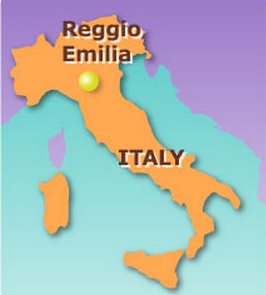 The Reggio approach sees children as being full of potential and capable of building their own theories. Children are viewed as citizens having rights to develop themselves and to have some control over the direction of their learning. As such, much of the instruction at Reggio Emilia schools takes place in the form of projects where the children have opportunities to explore, observe, hypothesise, question, and discuss to clarify their understanding – as if they are apprentices rather than students.
The Reggio approach sees children as being full of potential and capable of building their own theories. Children are viewed as citizens having rights to develop themselves and to have some control over the direction of their learning. As such, much of the instruction at Reggio Emilia schools takes place in the form of projects where the children have opportunities to explore, observe, hypothesise, question, and discuss to clarify their understanding – as if they are apprentices rather than students.
Although not as well known in Malaysia as Montessori, there are a number of kindergartens that practise the Reggio Emilia approach in combination with other methods and programmes.
The following will provide you with more information about Reggio Emilia:
https://en.wikipedia.org/wiki/Reggio_Emilia_approach
Waldorf
Waldorf education is based on the educational philosophy of Rudolf Steiner, an Austrian thinker and educator. His first school, where his thoughts on education were put into practice, was for the children of the employees of the Waldorf Astoria cigarette factory in Stuttgart, Germany after the First World War. Hence, the name Waldorf.
Germany at that time was a defeated nation facing economic, social and political chaos. As such, it is not surprising that Steiner’s main goal for education was to develop morally responsible and integrated individuals with a high degree of social competence – perhaps, people who will not start another world war!
His philosophy on early childhood education focuses on practical, hands-on activities and creative play. A Waldorf teacher creates a warm, beautiful and loving home-like environment for the child, one which is protective and secure and where things happen in a predictable, regular manner.
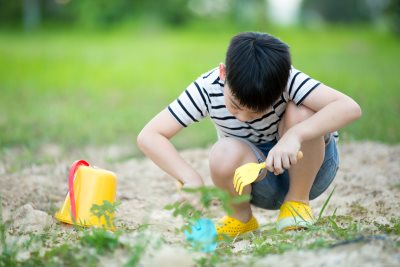 The teacher works with the developing child in two basic ways. Firstly, the teacher engages in domestic, practical and artistic activities that the children can readily imitate (for example, baking, painting, gardening and handicraft), adapting the work to the changing seasons and festivals of the year.
The teacher works with the developing child in two basic ways. Firstly, the teacher engages in domestic, practical and artistic activities that the children can readily imitate (for example, baking, painting, gardening and handicraft), adapting the work to the changing seasons and festivals of the year.
Secondly, the teacher nurtures the children’s power of imagination, according to the age, by telling carefully selected stories and by encouraging free play in which the children act out scenarios of their own creation, helping them to experience many aspects of life more deeply. When toys are used, they are made of natural materials, e.g., pine cones, wood, cotton, silk, shells, stones and other objects from nature that the children themselves have collected and are used in play and to beautify their classroom – unlike the Montessori method which uses specially designed materials.
Waldorf education is not as widely available in Malaysia as Montessori. It is also not as often-used as Montessori or Reggio Emilia in kindergartens that use a combination of methods – perhaps because the Waldorf method does not recommend introducing academic learning to the child until much later, sometimes only at the age of 7.
For more information about Waldorf education, you can visit:
http://www.whywaldorfworks.org/
https://en.wikipedia.org/wiki/Waldorf_education
Conclusion
You may ask: “How can these methodologies developed a century ago have any relevance to my child today?” It is true that the world has changed since then. However, their view of the child remains relevant to us today — that each child is special in his/her own way and needs a nurturing and caring environment to help him/her develop his/her potential and ultimately take his/her position in the family, community and workplace.
Research indicates that these formative years are critical in a child’s cognitive, social, emotional and physical development. As such, the time and effort you put into looking for a suitable kindergarten for your child would be well-spent if the place you finally select can provide the best learning experience for your little one.
Continue Part 2:
Kindergartens in Malaysia: What Do All Those Names Mean? PART 2









